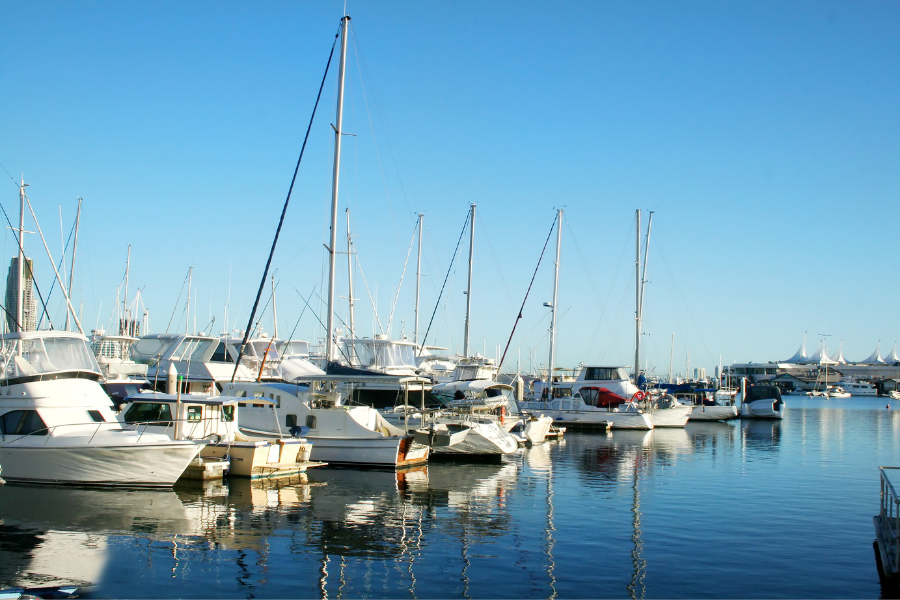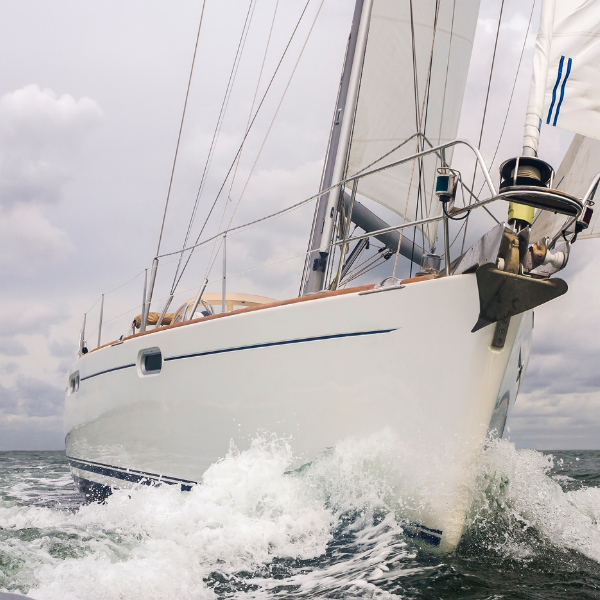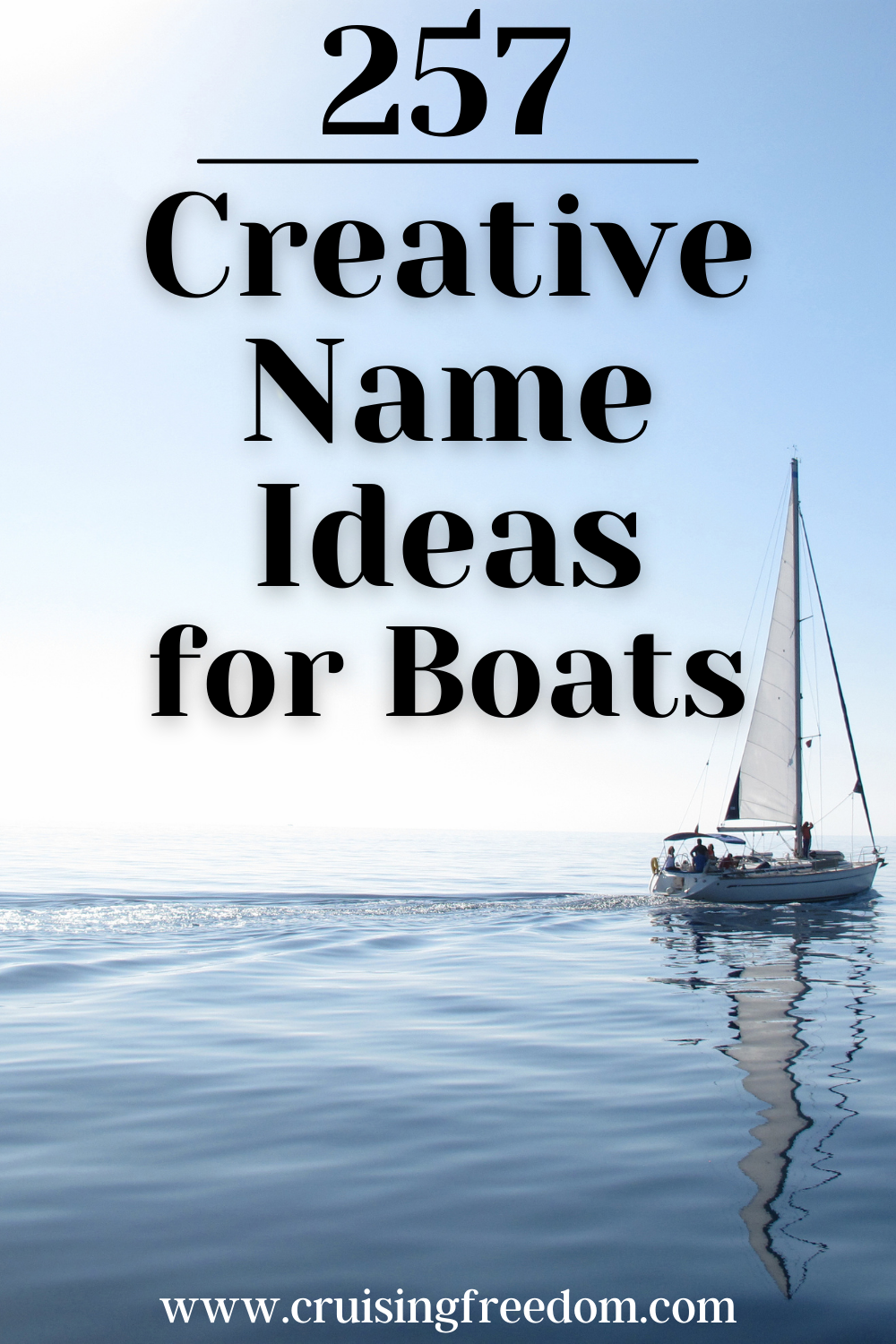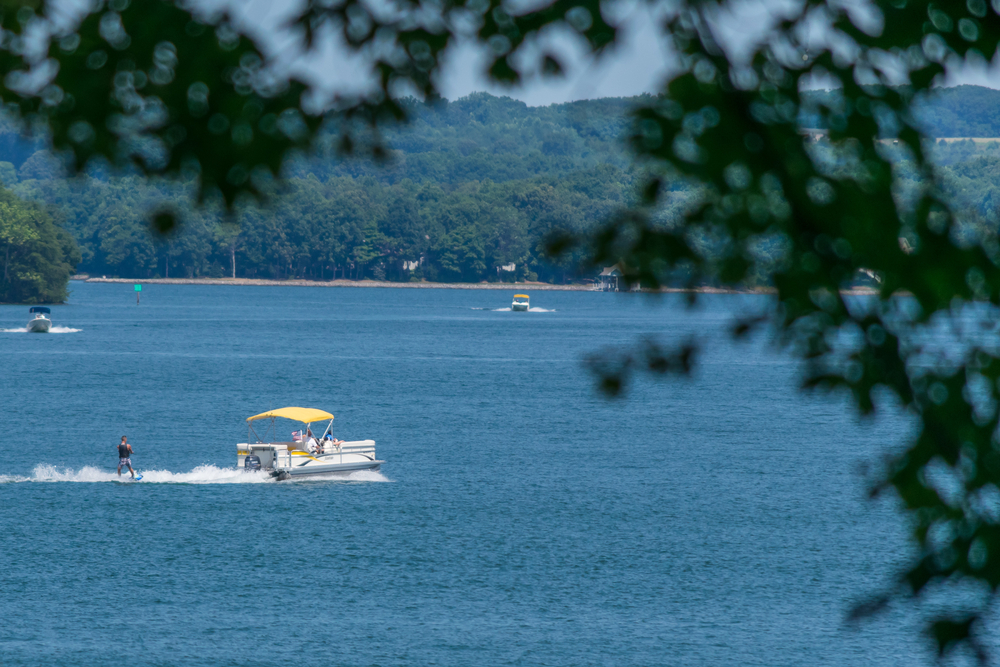Heading out on a sailing adventure? Need some inspiration away from the YouTube creators we often featured? Then you’re in the right place.
We have rounded up the best books for sailing enthusiasts. You’ll find highly respected books on racing, cruising and sailboat maintenance for your next adventure on the open seas!
One of the best sailing books available, the Chapman Piloting & Seamanship 69th Edition is a comprehensive book with descriptions, illustrations, and pictures for every situation.
Whether the need is a guide for it all or looking for some tips, the book has an easy-to-use index that makes it simple to find information.
The Complete Sailing Manual by Steve Sleight is a detailed book written by sailors for sailors.
It delves into the latest advancements in sailing, keeping the reader updated and ready to handle any situation.
Searching for a new, exciting place to sail can be exhausting. Chris Santella has an extensive list of options to bring back that exhilaration.
The handy guide gets inspiration by asking well-known sailors and athletes about their favorite places to sail.
Every sailor needs to know how to tie a good knot, and Geoffrey Budworth has a fantastic instruction tool to start.
This book has illustrations of common knots used in sailing and other sports, with directions to ensure every tie is a success.
Sailing can be an expensive hobby, but it doesn’t have to be. Todd Duff has expert advice to keep the cost down.
This guide goes through the process of finding an economical boat and refitting it, so you can enjoy the water without breaking the bank.
Sometimes a picture can be just what’s needed, and Ivar Dedekam has detailed illustrations for everything relating to sailing.
This handy guide explains the necessities of sailing and the theories to get the most out of any boat.
The wild waters of Alaska are a worthy goal for any sailor. With insights from Joe Upton, planning a journey through the Alaskan coast is more than practical.
Plan ports and explore the natural beauties of Alaska from the comfort of a personal sailboat.
Jeremy Evans, Pat Manley, and Barrie Smith put together an extensive work covering the basics of sailing to niche activities like racing.
Even the most seasoned sailors can find something in one of the best sailing books around to enrich their knowledge, and beginners will feel ready to hit the water.
Taking on a long voyage can seem like a daunting task. Jimmy Cornell’s World Cruising Essentials makes the trip doable. This happens to be my favorite book on this list!
Learn about everything to prepare for the cruise and get crucial tips for spending the days at sea.
Exploring the Pacific Islands can be a dreamy escape, and Earl R. Hinz’s writing makes it a carefree journey.
This guide has updated charts and descriptions to help make any sailing through the Pacific Islands easy to plan and execute.
Extended trips are one of the most fulfilling ways to experience life on the open seas, and Beth Leonard has a handbook to achieve it. Another personal favorite!
It not only covers the essentials needed on the boat but explains practical tips for keeping boat life enjoyable.
Ferenc Máté’s The World’s Best Sailboats has detailed pictures, illustrations, and descriptions of the finest boats in the world. Enjoy appreciating the fine craftsmanship while learning what makes certain boats excel.
This volume isn’t only fun to flick through as its information can be invaluable when selecting a boat.
Customizing a boat can be a fun way to make the vessel feel like home. One option is canvas, and Karen Lipe is here to explain multiple sewing projects.
From practical objects like sail covers to interior cushions, the options are endless in this handbook.
Newcomers will appreciate Dave Franzel’s book as it helps people get on the water and become sailors in no time. It follows his fundamental principle that time in the water is key to learning, so it gets through the essentials fast.
Get from the docks to the water in record time, and feel confident doing it.
Adam Cort hopes to take the reader of any experience level and turn them into true sailing experts. Through simple lessons, it explains everything needed to sail.
Some basic knowledge of sailing can be necessary for reading, but anyone will benefit from the tips.
Combining narrative and guidebook, the unique BoatSense: Lessons and Yarns from a Marine Writer’s Life Afloat gives realistic tips based on Doug Logan’s experience.
The true tales from this sailor aren’t just for fun, as they pleasantly explain crucial teachings that are usually exclusive to years of sailing.
The International Marine Book of Sailing by William Robinson is great for beginners looking to learn everything.
This book has handy illustrations and other valuable insights neatly organized to get the reader ready to sail as soon as possible.
This comprehensive book covers around 3,900 types of knots with brief descriptions, drawn guides, and other information.
This manual not only covers basic knots but includes complex versions that can be used on the boat or to impress friends.
For visual learners, Bob Bond has thousands of diagrams and color photos to explore the basic techniques of setting sail.
The guidebook has helpful descriptions to accompany the pictures and assists the reader through any situation.
See the beauties of the United States from coast to coast in this picture collection from Onne van der Wal. Enjoy the views from the sea without even sailing across thousands of miles.
Whether it’s for inspiration or to admire the expert photography, any sailor can appreciate the beautiful landscapes in this book.
Another comprehensive guide that covers everything from the basics to handling extreme conditions. John Rousmaniere is on hand to get the reader for any sailing situation.
This book progresses from the simplest tasks to the most challenging endeavors, with traditional techniques mixed with newer innovations.
Searching for a sea-worthy vessel can be a challenging task, but Steven L. Davis aims to make it much easier.
This guidebook examines trends and other information to prepare the reader for the boat market. That data will be invaluable to understanding what to look for when choosing their own.
Kids looking to sail can learn the basics from Charles D. Dawson. His book uses only simple terms, making it easy for children to follow.
It stresses water safety to keep youngsters safe, and it’s an invaluable tool for anyone wanting to pass on sailing traditions.
A cost-effective way to get into sailing is through a used boat, and The Best Used Boat Notebook from John Kretschmer gives every tip needed.
This detailed guide breaks down the specifics any potential boat owner should know.
Explore the crystal waters of the Virgin Islands with help from Simon Scott’s experience.
It also includes a handy chart that folds out to aid your plans for the sailing voyage.
A significant portion of sailing is in marinas, and anyone hoping to manage their marina can get the knowledge necessary from Dr. Amos Raviv.
This work guides the reader through everything necessary to run a marina and ensures sailors understand the rules and regulations of marina use.
Racing sailboats is an intense sport, and it relies on crew teamwork. To build the best team, try reading Crewing to Win by Saskia Clark.
This handbook explains how to form a team, set goals, and keep things running smoothly out on the water.
Outrigger canoes are a unique and traditional form of sailing, often handmade by indigenous Hawaiians.
Building Outrigger Sailing Canoes by Gary Dierking helps explain the best way to create an outrigger canoe with contemporary methods.
Owning a small index of essential knowledge can be invaluable at sea, and Malcolm Pearson’s Reeds Skipper’s Handbook is just that.
This book is an indispensable guide for any experienced sailor, as it’s easy to reference and find exactly what you’re looking for.
This volume is a compilation of the best articles from SAIL magazine, collected for ease of access. Explore tips ranging from cruises to racing.
The information in this book is easy and enjoyable to read while giving plenty of priceless tips.
Get into racing with this complete guide Elvstrøm Explains the Racing Rules: 2021-2024 Rules. Written by the Olympic sailor Paul Elvstrom, learn all the ins and outs to win first place.
This book has a quick reference guide for racing flags and ways to help plan the best course.
Docking a boat can be one of the most challenging tasks a sailor can undertake. Maneuver and Dock Your Sailboat Under Power by Grant Headifen prepares the reader for docking in any condition.
Feel confident sailing into the marina with one of the best sailing books focused on navigation, and never risk bumping into the docks again.














